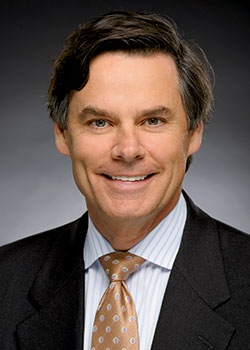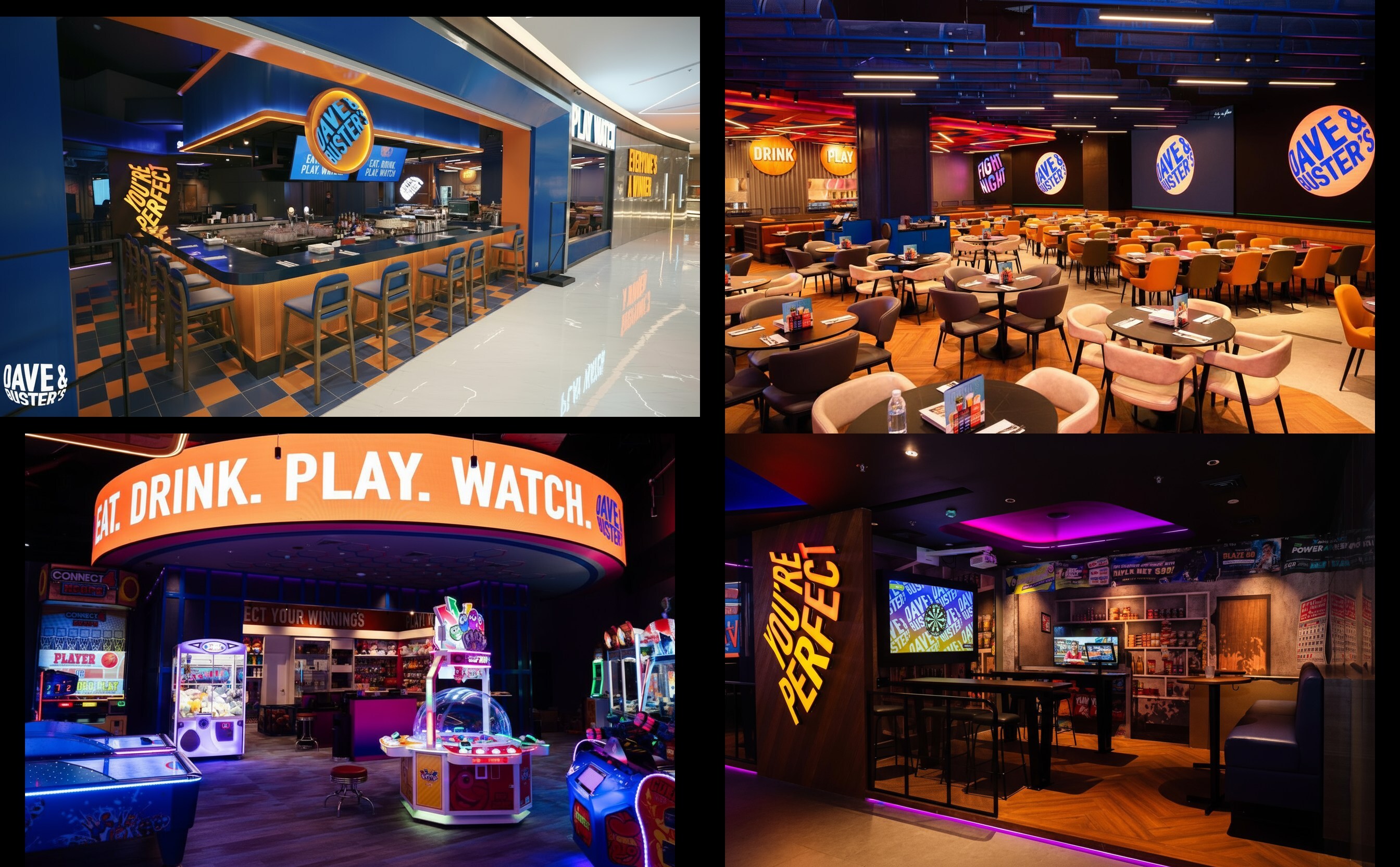Kevin Burke believes restaurant chains that can attract Millennials and Generation X stand the best chance at raising growth capital. And those that cannot — typically because they’ve failed to remain relevant? Well, good luck with that. We caught up with Burke, investment banker and managing partner of Trinity Capital, at this year’s National Restaurant Association trade show in Chicago.
 KEVIN BURKE, MANAGING PARTNER Trinity Capital Investment Bankingrd+d: First, can you paint a broad picture of restaurant development right now?
KEVIN BURKE, MANAGING PARTNER Trinity Capital Investment Bankingrd+d: First, can you paint a broad picture of restaurant development right now?
KB: What we’re seeing, particularly in QSR, is a migration of customers to newer buildings, newer food and concepts that are interesting to Millennials and Gen X. What this means is, if you are an old-line concept with older facilities, you must remodel them — whether you have golden arches or merely a box that feels so corporate, Millennials just say, “No.” It is forcing concepts to be aggressive in their development plans and redevelopment plans to remain competitive.
rd+d: So when the average franchisee goes to the bank for a remodeling and/or development loan, what’s more likely to put them into the “winners” column for financing?
KB: Lenders recognize that there are two kinds of brands. There are those that have enough market share to self-propagate, which means they can remodel and develop with their cash flow because it’s substantial enough. Then, there are those that are either mature or in decline, and they don’t have enough free cash to continue to remodel and develop. Brands that “own” Gen X and Gen Y — and I’m simplifying here — are much more likely to fall into the category of propagation. The advantage of zeroing in on Gen X and Gen Y is you have a defined marketplace you can reach. An eclectic customer base of three or more different customer pools splinters your advertising and focus.
rd+d: What is the financing market like today for chains that can propagate?
KB: The restaurant sector is performing well and there’s plenty of capital. That being said, lenders are more disciplined than ever. Bankers are light years ahead of where they were 15 to 20 years ago. They are being more aggressive in lending to brands they want to [lend to] and more aggressive in saying no to brands they don’t want to lend to.
rd+d: What defines that first group?
KB: There’s a lot of new-store development because the concepts are profitable. The landlord community wants to put up their boxes, and franchisees are making money so they want to develop more units. Noodles & Co., Panera and Taco Bell, for example, are winning concepts that tend to cash-flow very well in all parts of the country. They have newer buildings, a defined customer base, and are precision-oriented in their marketing.
rd+d: What might we see in a brand likely to hear “no” from a lender.
KB: Let’s say, for example, their restaurants have AUVs of $1.2 million with an 8 percent EBITDA. What’s more, they have a high food and labor cost model vis-a-vis other concepts and a full debt load. They need a remodel, which everyone says is going to cost $400,000 to do right, plus deferred maintenance. And deferred maintenance could easily put things in the $500,000 range. The P&L will not support that. There is really no iteration of that scenario that makes any sense.


